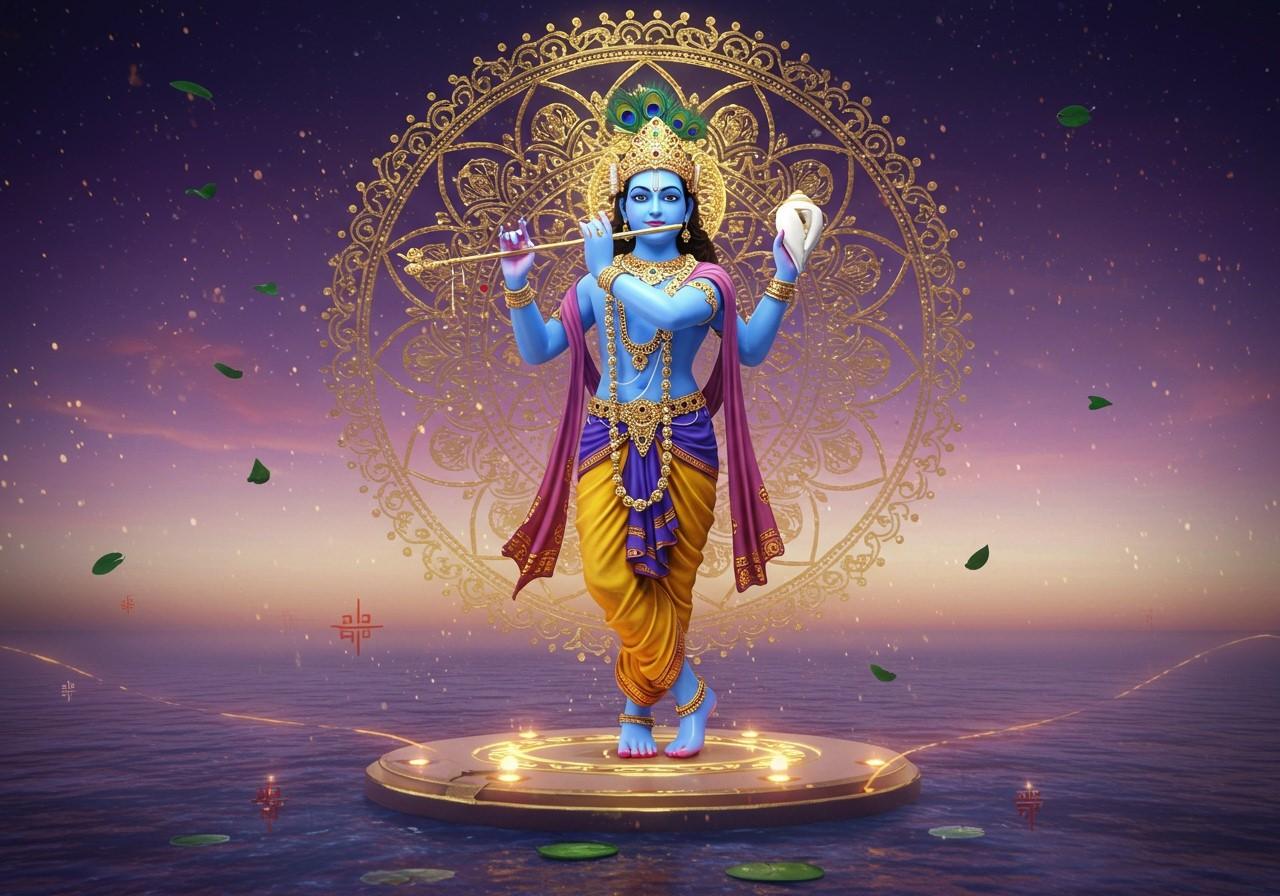
Neo-Vaishnavism, a profound religious and cultural movement, originated in Assam, India, during the 15th and 16th centuries. Pioneered by the revered saint Srimanta Sankardev, it significantly impacted Assamese society and continues to shape its cultural identity today. This exploration delves into the core principles, historical context, and lasting influence of Neo-Vaishnavism.
What is Neo-Vaishnavism?
Also known as Eka Sarana Hari Naam Dharma, Neo-Vaishnavism centers around devotion to Lord Vishnu/Krishna. It emphasizes bhakti (devotion) as the path to salvation and promotes congregational worship, rejecting traditional Vedic rituals and caste-based discrimination. This movement fostered a democratic outlook and facilitated the integration of diverse social groups.
Core Tenets:
- Devotion to Lord Vishnu/Krishna: This is the central pillar of Neo-Vaishnavism, emphasizing a personal relationship with the divine through love and surrender. It encourages devotees to see the divine in all beings.
- Bhakti (Devotion): Considered the primary means to attain liberation, bhakti involves various practices like singing, chanting, and listening to stories of Krishna. It is a way of life, not just a ritual.
- Naam (Chanting): Repeating the holy names of God (particularly Krishna) is a central practice, believed to purify the mind and heart and bring one closer to God. It is often performed in congregational settings.
Satras (Monasteries):
Satras are integral to Neo-Vaishnavism, serving as centers for religious learning, cultural activities, and community gatherings. They played a vital role in spreading the teachings of Sankardev and fostering social cohesion.
Neo-Vaishnavism in Assam: Historical Context and Impact
Srimanta Sankardev and his disciple Madhavdev propagated Neo-Vaishnavism in Assam during a period marked by social inequalities and religious orthodoxy. The movement offered solutions to societal problems and fostered a sense of Assamese identity.
Historical Significance:
- Sociopolitical Landscape: Neo-Vaishnavism addressed social issues like casteism and promoted a more egalitarian society, challenging existing power structures.
- Satras and Namghars: These institutions became hubs for religious and cultural activities, playing a vital role in education, artistic expression, and community building.
- Assamese Identity: The movement significantly influenced the Assamese language and literature, enriching its cultural heritage. Sankardev’s literary works became foundational texts.
- Community Building: Neo-Vaishnavism fostered a strong sense of community through shared beliefs, practices, and participation in congregational activities. This strengthened social bonds.
Festivals and Celebrations:
- Raas Leela: This vibrant festival celebrates the divine play of Lord Krishna, enacting scenes from his life through music, dance, and drama. It’s a central part of Neo-Vaishnava culture.
- Bhaona: These traditional theatrical performances preserve and transmit the teachings and stories of Neo-Vaishnavism. They are often performed in Satras and Namghars.
Srimanta Sankardev: The Visionary Behind Neo-Vaishnavism
Srimanta Sankardev (1449-1568), a multifaceted saint-scholar, poet, playwright, and social reformer, revolutionized Assamese society through his spiritual and cultural contributions. His teachings continue to resonate today.
Life and Teachings:
- Translation of Bhagavad Purana: Sankardev translated the Bhagavad Purana into Assamese, making its profound wisdom accessible to the common people. This democratized religious knowledge.
- Devotional Songs and Dramas (Borgeet and Ankiya Naat): He composed numerous devotional songs (Borgeet) and one-act plays (Ankiya Naat) that conveyed spiritual teachings while promoting social equality and ethical values.
- Satra System: Sankardev established the Satra system, an innovative approach to religious education and community living. These monasteries became centers for spiritual practice, artistic expression, and social service.
At poojn.in, we offer a wide selection of products to support your Neo-Vaishnava practices. Find authentic puja items, sacred texts, and more:
- XL Size Mayapuri Bhagwa Namavali: Perfect for chanting and meditation.
- Ladoo Gopal Murti: Beautiful deity idols for your home altar.
- Red Shalu Cloth: Ideal for puja ceremonies and offerings.
Visit poojn.in to explore our complete collection of devotional items.
Neo-Vaishnavism’s Enduring Legacy
Neo-Vaishnavism’s impact on Assamese culture continues to this day. It has profoundly shaped religious practices, social norms, art forms, and community life. The movement’s emphasis on devotion, equality, and community remains relevant in the modern world.
Explore more about related topics on Poojn.in:


